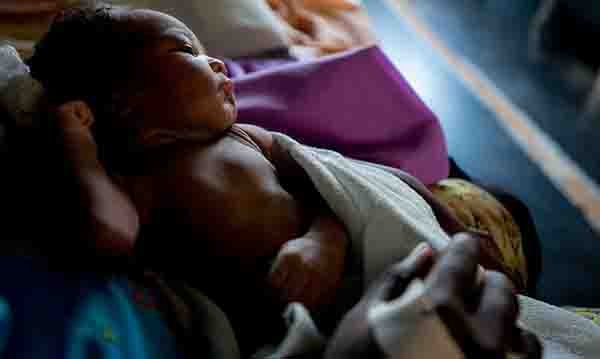The growth in violent conflicts around the world, which have nearly doubled since 2005 from 24 to 46, according to the Heidelberg Institute’s conflict barometer, combined with the consequences of climate change and social upheaval in parts of the Middle East, Africa and Latin America, displaced 30 million children in 2014, according to UNICEF, the most recent figures available.
More than half a billion children live in areas where floods are extremely common, and nearly 160 million children live in high or extremely high drought severity zones, according to the organization.
Today, babies, young children, unaccompanied minors and their mothers face enormous health risks in conflict-affected countries, such as Afghanistan and the Central African Republic, or on the perilous journey through Europe to escape the fighting.
Pregnant mothers are in danger of giving birth without medical help and in unsanitary conditions, while their children are more likely to die before they reach their fifth birthdays and to experience stress, which can inhibit their long-term emotional and cognitive development, according to UNICEF.
“I saw a lot of pregnant women who are in distress,” says Chris Tidey, a UNICEF representative who recently returned from the Balkans, where he encountered a variety of refugees and asylum seekers from Africa and the Middle East. “The journey is very exhausting and stressful for them.”
Part of the problem, Tidey, says, is that many pregnant women won’t seek medical help because they’re afraid of being kept in say Croatia or Serbia instead of moving onto western Europe. “The issue is not of capacity, it is more to do with the nature of the way people are moving,” he says. “People are putting their health at risk because they don’t want to get trapped and move on as quickly as possible.”
In some cases, this has resulted in some mothers losing their babies, Tidey adds.
Having spent time at the Greek-side of the Macedonian border in November, after authorities refused entry to non-Syrian refugees, Tidey says he saw Macedonian authorities force a bottleneck of people to camp out at the border. Many of them were children who had recently fled war zones.
“It was getting progressively colder and as the refugee camp was out of the way of any public services,” he says. “I saw babies and young infants develop respiratory problems. The lights have gone out of their eyes a little bit. To see that day in and day out, it is not how children should be.”
(newsweek.com)






